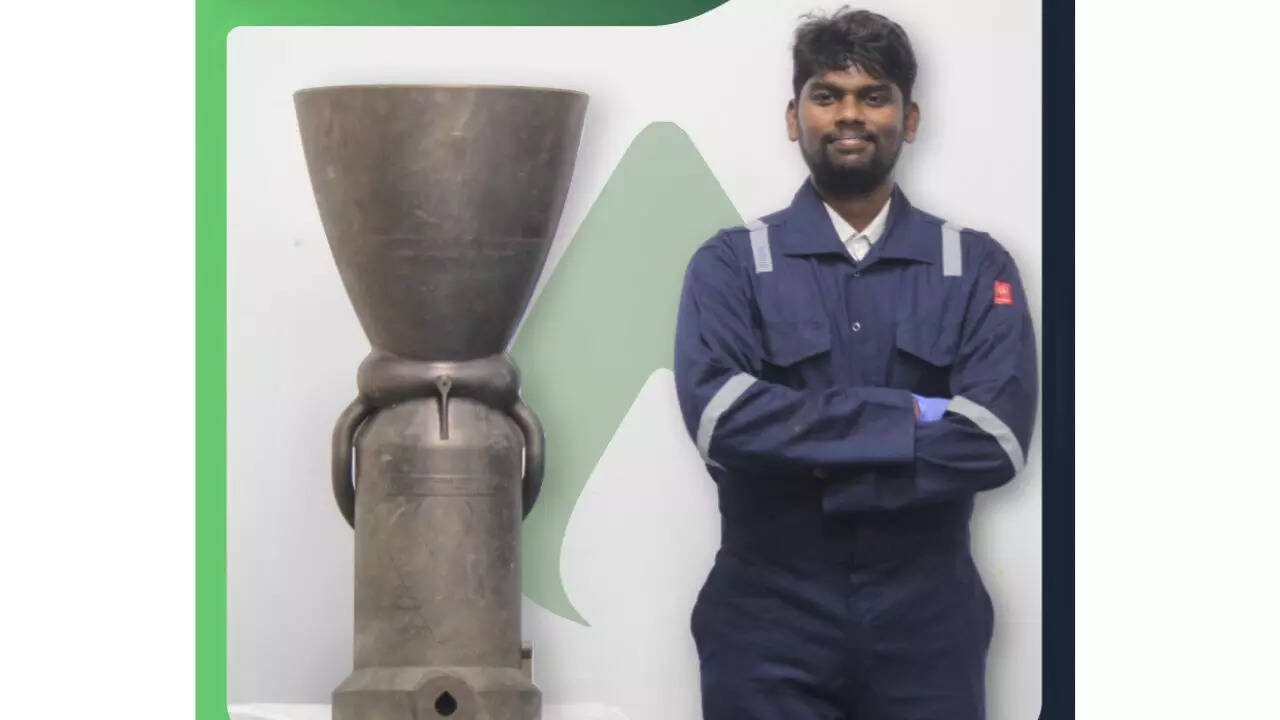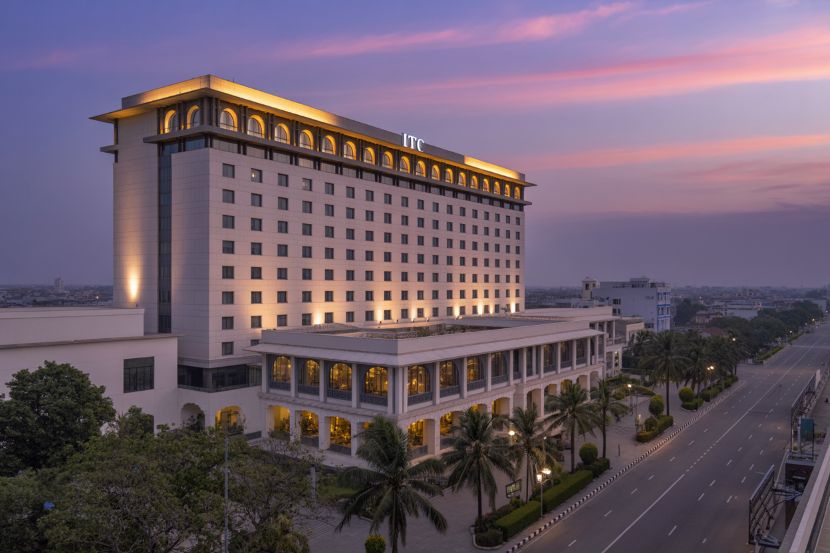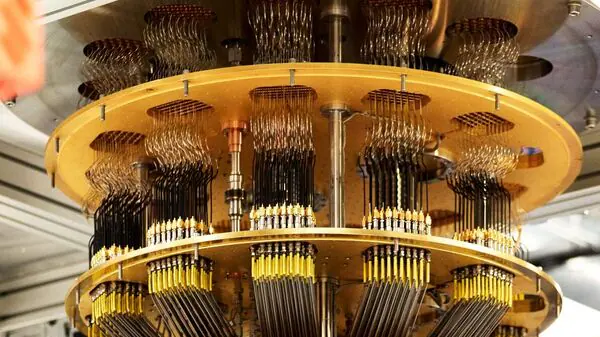Now Reading: Indian Startup Agnikul Cosmos Aces Global Space Tech—Unveils World’s Largest 3D‑Printed Rocket Engine, Bags US Patent
-
01
Indian Startup Agnikul Cosmos Aces Global Space Tech—Unveils World’s Largest 3D‑Printed Rocket Engine, Bags US Patent
Indian Startup Agnikul Cosmos Aces Global Space Tech—Unveils World’s Largest 3D‑Printed Rocket Engine, Bags US Patent

Agnikul Cosmos, the Chennai-based private space startup, has hit another milestone—developing the world’s largest single-piece rocket engine made of Inconel using 3D printing and securing a US patent for it. The metre-long design, created without welds or joints, cuts manufacturing complexity and showcases India’s growing edge in advanced aerospace technology. This breakthrough injects fresh momentum into the national space ecosystem—and that’s a story even smaller cities can be proud of.
What Makes This Engine Special
Powered by the superalloy Inconel, the engine stands out because it’s manufactured as one integrated unit—from fuel inlet to exhaust—without any assembly parts. This not only speeds up production but also reduces structural flaws. At a metre in length, it represents a new scale in additive manufacturing for aerospace.
Agnikul didn’t just build it—they’ve patented the design and manufacturing method in the US, giving the innovation global recognition and protection.
Why It Matters Across India
For a nation watching its space ambitions grow, this development brings home two key messages. First, Indian startups can lead where giants once ruled. Second, technologies like this can eventually filter into local industries—improving sectors from manufacturing to education. In Tier 2 cities, where job opportunities are expanding, it’s a reminder that innovation isn’t limited to metro headlines.
The Road Ahead
Agnikul has already conducted a successful suborbital test flight using its 3D-printed semi-cryogenic engine and launched from India’s first private spacepad. With this patent in hand, the company is better positioned to strengthen partnerships, scale up production, and launch orbit-capable vehicles by 2025.
Conclusion
Agnikul’s achievement isn’t just a technical victory—it’s a statement that India’s private space industry is building for the future. With 3D-printed technology, rapid prototyping, and global patent protection, the company is charting a path for Make-in-India to orbit. And it proves that big dreams—and real breakthroughs—aren’t just for cities with skylines—they can begin anywhere.

























